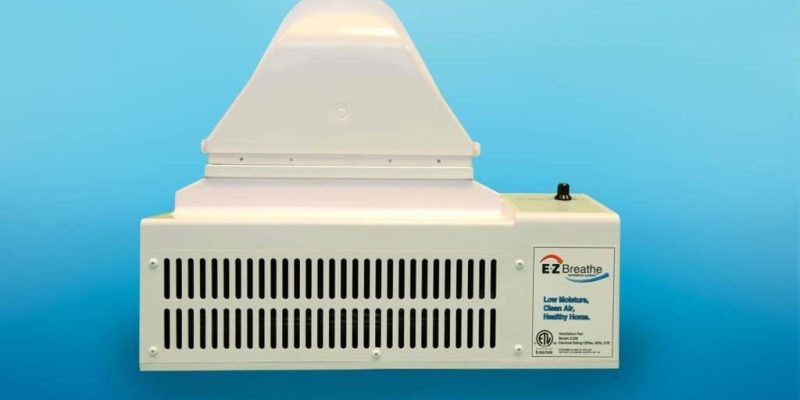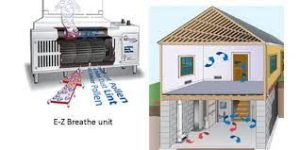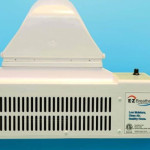Breathing in Danger: Unmasking Indoor Air Hazards
When we think of air hazards, our minds often conjure images of polluted city streets or industrial areas with thick smog. However, it’s easy to overlook the potential hazards lurking right within our homes. Indoor air quality can significantly impact our health, and there are a myriad of hidden dangers that may go unnoticed. In this article, we’ll explore the various indoor air hazards and ways to mitigate their effects to create a safer and healthier living environment.
Chemical Pollutants
Indoor air is often filled with volatile organic compounds (VOCs) emitted by various household products, including paints, cleaning supplies, and furniture. These chemicals can lead to respiratory problems, headaches, and even long-term health issues. To reduce exposure, opt for low-VOC or VOC-free products, ensure proper ventilation when using chemicals, and use air purifiers with VOC filters.
Mold and Mildew
Mold and mildew thrive in damp environments, often hidden in basements, bathrooms, and behind walls. Exposure to mold can trigger allergies, exacerbate asthma, and cause respiratory infections. Regular cleaning, reducing humidity levels, and addressing water leaks can help prevent mold growth. In severe cases, professional mold remediation may be necessary.
Dust Mites
Dust mites are microscopic creatures that live in household dust, bedding, and upholstery. They are a common allergen and can worsen asthma and allergies. Frequent washing of bedding, using allergen-proof covers, and regular dusting and vacuuming can help control dust mites.
Radon Gas
Radon is a colorless, odorless gas that can seep into homes through the ground. Prolonged exposure to radon is the second leading cause of lung cancer after smoking. Radon testing kits are readily available and can help determine if your home has high radon levels. Radon mitigation systems can be installed to reduce exposure.
Secondhand Smoke
Exposure to secondhand smoke is a well-known indoor air hazard. It contains thousands of toxic chemicals and is a leading cause of preventable diseases and death. To protect yourself and your loved ones, establish a smoke-free home and encourage smokers to quit or smoke outdoors.
Carbon Monoxide (CO)
Carbon monoxide is a deadly, odorless gas produced by the incomplete combustion of fuels such as gas, wood, and oil. High levels of CO can lead to poisoning, resulting in symptoms like dizziness, nausea, and even death. Install carbon monoxide detectors in key areas of your home, such as near bedrooms and furnaces, and ensure that heating appliances are well-maintained.
Pesticides
Pesticides are commonly used to control pests in and around homes. However, they can release harmful chemicals into the indoor air. Minimize pesticide use by adopting non-toxic pest control methods, such as traps and natural repellents.
Asbestos
Asbestos was once used in construction materials, but its fibers can become airborne when disturbed, leading to severe respiratory diseases like mesothelioma. If your home was built before the 1980s, it’s essential to identify and safely remove asbestos-containing materials during renovations or repairs.
Pet Dander
If you have pets, their dander (tiny flakes of skin) can become airborne allergens. Regular grooming, vacuuming, and using air purifiers equipped with HEPA filters can help reduce pet dander in your home.
Inadequate Ventilation
Poor ventilation can trap indoor air pollutants and contribute to indoor air hazards. Ensure your home is adequately ventilated by using exhaust fans in bathrooms and kitchens, opening windows when weather permits, and maintaining your HVAC system.
In conclusion, indoor air hazards are a real and often underestimated threat to our health and well-being. Understanding these hazards and taking proactive steps to address them is crucial for creating a safe and healthy indoor environment. Regular maintenance, proper ventilation, the use of air purifiers, and making informed choices about household products can significantly reduce the risks associated with indoor air pollutants. By prioritizing indoor air quality, you can breathe easier and enjoy a healthier, more comfortable life at home.
Contact the Professionals at EZ Breathe Today! 866-822-7328





